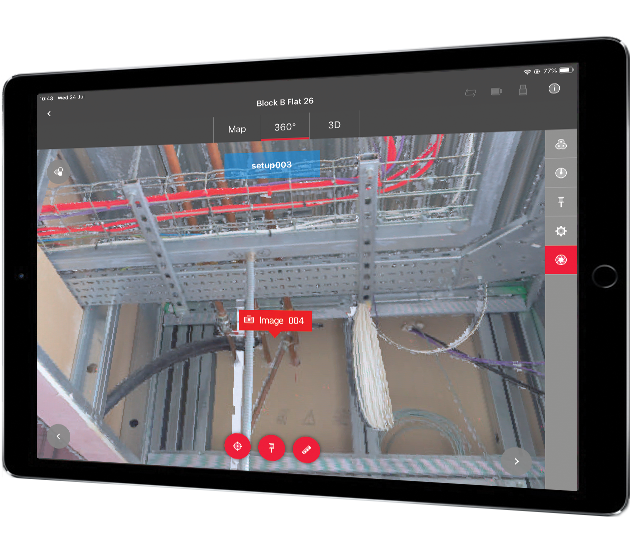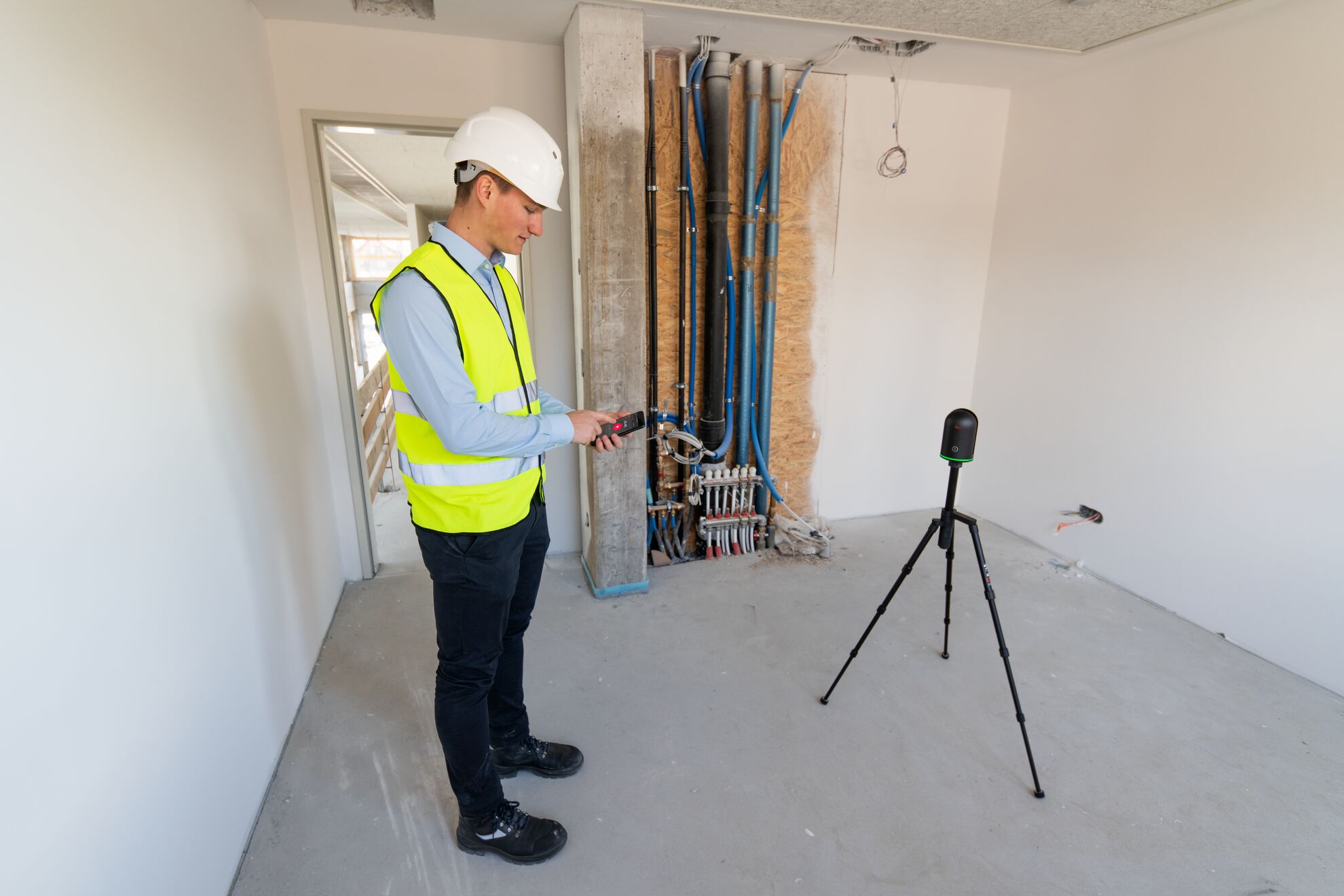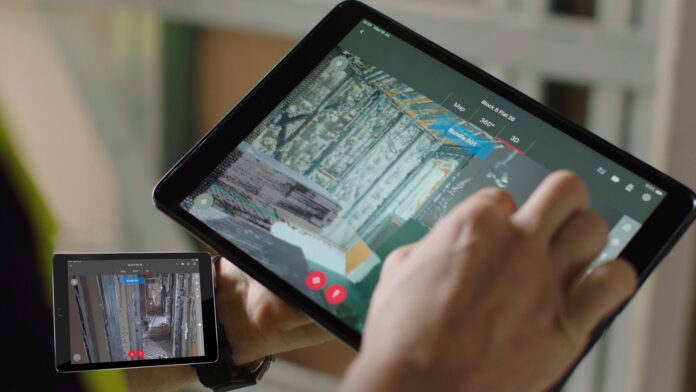When your MEP firm integrates the latest construction hardware and software on site and in the office, current and prospective clients take notice. General contractors and companies that have embarked on their own digital transformation will appreciate your firm’s technology savvy. They’ll see that you don’t fall back on “that’s how we’ve always done it” but instead seek ways to improve the delivery of their projects. And when two of construction’s biggest lead generators are client referrals and repeat clients, you can bet that adding 3D reality capture to your tool kit can improve and grow your MEP business.
Here are four compelling ways reality capture can boost your client satisfaction and referrals.
1. Powerful Visuals Enhance Communication
Laser scanners quickly capture site conditions in their existing, in-progress or as-built state and generate high-resolution point clouds that all project stakeholders can understand.
“When you can take the geometry from the field and have it in the palm of your hand or on your computer screen, you have a super powerful visual to share with your internal team, other trade partners or the client themselves,” says Clair Vander Zwaag, director of reality capture solutions at NOAR Technologies.
2. Impressive Detail Improves Coordination
Not only does the visualization serve as an impressive communication tool, but it can also become the foundation for creating the building information model for your project, on which you can plan and coordinate MEP equipment, pipe runs, hanger locations, lighting and electrical infrastructure. “The sky’s the limit for how much detail you want to lay out,” Vander Zwaag says
Beyond your firm’s internal workflows, your point cloud enables better coordination and collaboration with your general contractor, prefabricator and other trades. As a result, your collective project team can reduce the risk of errors and rework and run advanced analyses, such as clash detection and slab floor flatness checks.

3. Long-Distance Data Capture Boosts Safety
3D reality capture makes fieldwork safer for your team members as well. With laser scanners able to capture detail and record accurate measurements at long ranges, your team will be able to document sites faster and easier.
“No more climbing ladders, putting tape measures up into spaces, or being in places you shouldn’t be or going next to equipment you shouldn’t be near,” Vander Zwaag notes.
4. Powerful Capabilities Deliver New Opportunities
By completing your scope of work in a precise and timely manner, you become a trusted partner to general contractors and owners. In particular, leading multinational general contractors that run their own virtual design and construction teams will want to work with like-minded MEP contractors capable of handling the scale and complexity of their projects.
“Many GCs have a preferred list of two or three MEP firms that they want to partner with because the firms are adopting technology that can move the team forward together and successfully,” Vander Zwaag says.
He sees a growing gap between MEP firms that are anchored to conventional, analog ways of working and firms that have adopted 3D reality capture and other digital tools, like robotic total stations. “The big GCs are going to pick those advanced technology partners that are interested in moving forward with them,” he adds.
Your ability to show past, in-progress, and proposed work through point clouds and BIM models can “really capture the imagination of owners and partners,” Vander Zwaag continues.

He recalls a time when an MEP contractor was in a progress meeting with executives representing the general contractor, architect and owner. At one point, the group was trying to determine whether a critical wall was already installed on site. The MEP contractor was able to quickly confirm the wall’s construction and size by reviewing a laser scan from the prior week.
Without that point cloud, the team would have had to send someone back to the site while the stakeholders waited, or they would have had to reconvene at a later time. Either delay would have been “very expensive,” Vander Zwaag notes. “Instead, the contractor was able to dynamically pull up the information and give them the answers they needed.”
By adopting 3D reality capture and advanced digital technologies, you can achieve much more than improving the accuracy and profitability of your own scope of work in MEP. You also become an invaluable partner and collaborator to owners and general contractors, improving your prospects for new and repeat work.
Ready to explore your options? Get in touch with a Leica Geosystems building construction specialist to discuss your needs.







